6 Tips To Effectively Manage Workforce
A strong scheduling system, functionality, and attendance capabilities are a must for a business to have a firm footing. Some of the best practices for streamlined and smooth workforce management include the following.
Effective Practices for Best Workforce Management
Start with building a workforce team.
Workforce managers are responsible for forecasting staff needs and scheduling and monitoring employees’ performance.
They properly analyze data and search for problems, any gaps in efficiency or trends, and report to senior management.
With a workforce, the business planning team may stay well-staffed or, worse, understaffed.
Offer a workforce analyst a position in your firm.
Large-scale companies have complex operations. A workforce analyst can focus on interpreting the data to help project scheduling needs.
The managers get in touch with those in training to oversee that employees have the requisite technical and functional knowledge. Additionally, help in building soft skills for maintaining solid customer relationships.
Spend resources on education and training for managers and employees.
Training should facilitate the employees’ nature of work. However, engaging workers for days or weeks does not always work in scheduling-intensive businesses.
Collect quality data.
Historical data is required to predict future patterns. The more accurate data there is, the more accurate the projections will be.
By integrating workforce management software with data from other business systems, like ERP, businesses can better understand demand and meet employee and customer expectations.
Set goals, measure them and report. This is made better with the help of data. Managing employees is easier with the use of self-service time reporting systems and automated time capture, reducing data errors. Moreover, tracking and monitoring absences against planned schedules lets managers forecast productivity lapses.
This kind of system minimizes payroll errors to a great extent. Additionally, it protects the company’s time and money by managing overtime and reducing overstaffing.
Offer employee self-service
Software for leading workforce management offers more than just automating basic processes like time clocks and leave management.
Advanced versions of workforce management can display details on analytics and can make use of artificial intelligence to forecast staffing levels, all the while allowing managers to manipulate data themselves.
As far as employee facilitation is concerned, mobile-friendly software lets them see, accept and swap shifts right from their mobile device.
Integrate HCM with WFM software
It is one of the most critical yet least sought-after functions of workforce management software that is helping organizations stay up with ever-changing complex labor laws.
With integrated workforce software, the workers are paid with accuracy, and the business abides by relevant labor laws. This helps to avoid monetary penalties as well as potential lawsuits.
On the other hand, it helps businesses to track time plus attendance accurately. This aid in assessing the performance of workers and their potential, whether they are doing exceptional work or point to potential performance issues.
Final Words
Netsuite provides the best integration and cloud services. Get in touch with power cloud” to “power cloud consulting, a netsuite integration consultant today for a consultation. It’s your time to turn dreams into reality.


